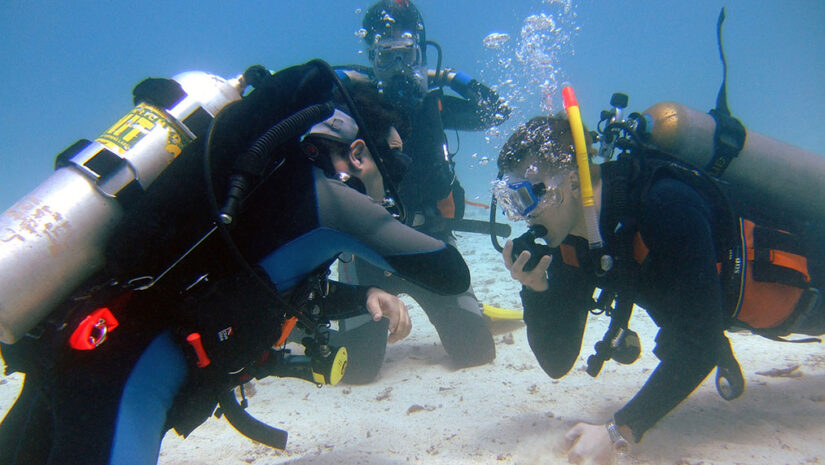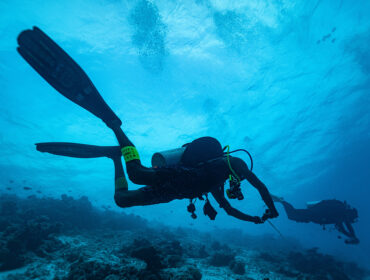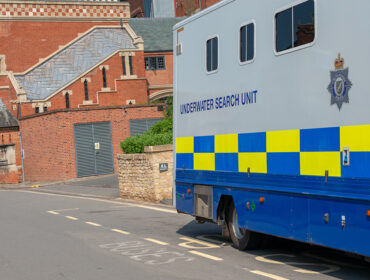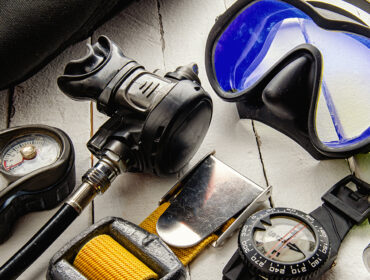Buddy breathing has a long history that dates back to the early days of SCUBA diving, when safety measures were not as advanced as they are today. This technique has been utilized since the inception of recreational diving. In the absence of pressure gauges, J-valves and power inflators were employed. Additionally, single-use CO2 inflation systems were utilized before the widespread adoption of alternate air sources.
The Buddy Breathing Skill
In an out-of-air situation, one buddy supplies the air for themselves and their buddy using a single regulator. The regulator is passed back and forth between the two buddies. While the exact method was training-dependent, typically the out-of-air diver would hold the wrist of the diver with air and each diver would take 2-3 breathes while counting using their fingers before passing the regulator.
The Death of Buddy Breathing
Over time, alternate air sources, also known as an octopus, made the buddy breathing skill less relevant. Instead, divers were taught alternate air source skills where both divers had their own regulator instead of passing a single unit.
It was determined to be more dangerous because there is a point when both divers are without a breathing source. Should one diver have a different buoyancy than the other, the air source could be dragged away more easily. As seen in the Sanctum movie in one of the opening scenes, a panicked diver in a buddy-breathing situation can make for a potentially life-threatening situation for their buddy.
As the octopus became standard diving equipment, buddy breathing became a thing of the past.
Is It Important?
Some certification agencies still teach buddy breathing, but some reserve it for higher certification levels such as Rescue diver or Divemaster training. As a skill that teaches divers how to deal with complex situations underwater, it still has value. However many have determined it to be unnecessary for dealing with basic recreational diving out-of-air situations. Would you say its history is important? Would you still practice it?





